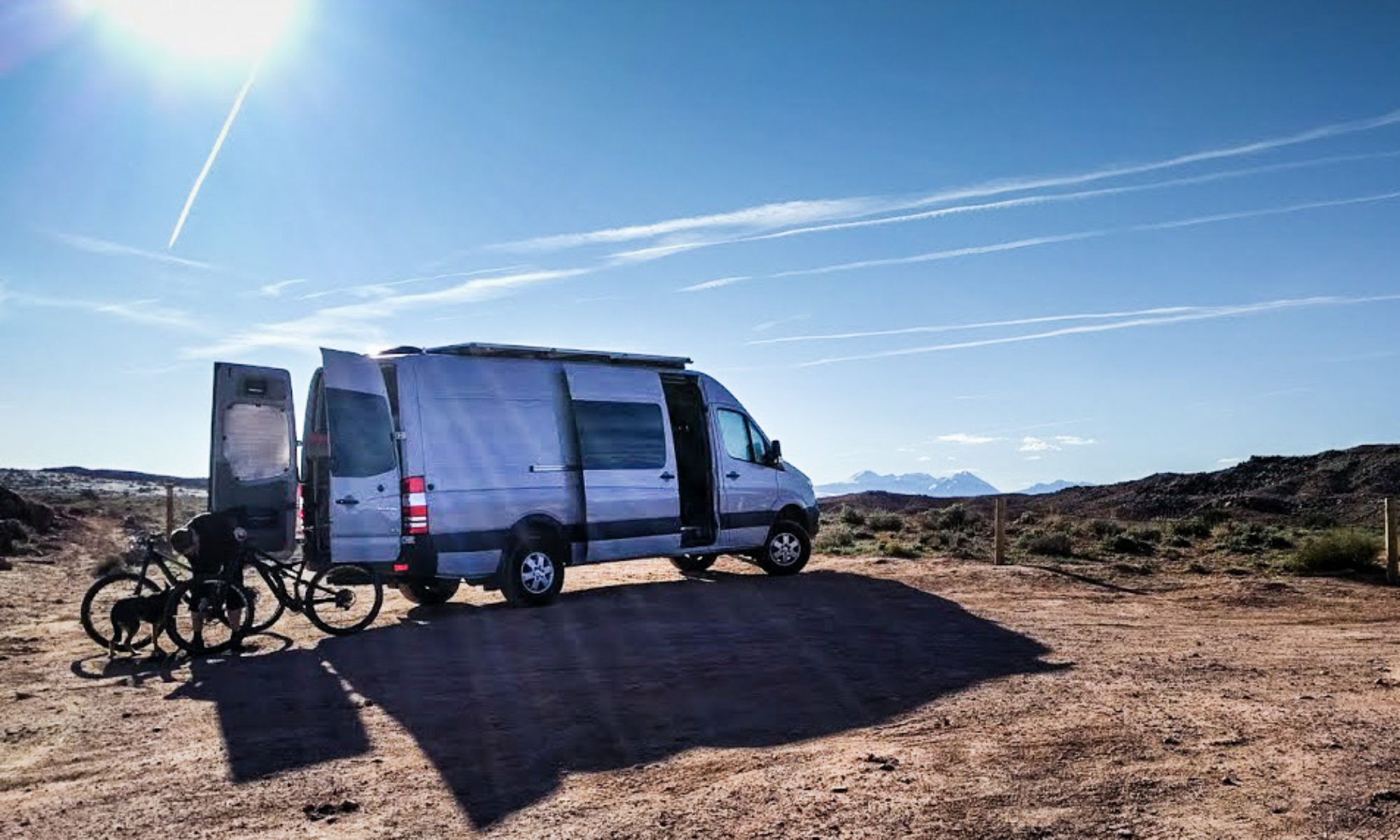pro·to·type (ˈprōdəˌtīp/) noun:
(1) A first, typical or preliminary model of something, especially a machine, from which other forms are developed or copied.
(2) A DIY conversion or adventure van, from which new layouts are continually developed or evolved.
We “finished” our conversion about a year after we got the van. By that point we had all the systems in. Either to our original design or to the design that we made up as we went along that reflected our real-world usage better. We didn’t necessarily have everything tidied up (we still don’t!) but all the components worked.
Now though, after using the van for a while, we want to make some changes. We don’t know quite what we want to change, or how we’ll do it, but we feel there’s potentially a better layout, a better storage setup, a better way of stopping water tanks from freezing over the winter, and a better way of freeing up cargo/bike space in the rear of the van.
Continue reading “DIY Conversion vans are always a prototype”











